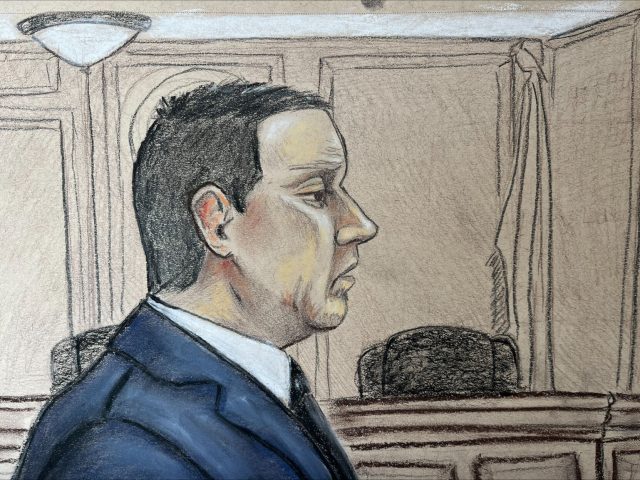D.C.’s Metro may be turning a corner
Published 8:30 am Friday, October 11, 2019
Mass transit ridership in many major U.S. cities remains flat or in decline, but a few places are starting to buck that years-long negative trend – chief among them the Washington area’s Metrorail system. Could it be that Metro, butt of bitter jokes and source of depthless frustration, has turned a corner?
Progress is modest and probably fragile, and the network’s challenges haven’t disappeared. It faces stiff competition from ride-, bike- and scooter-hailing – Metro has probably lost many millennials for good – not to mention headwinds in the form of teleworking and a constant battle against aging infrastructure. Still, after years of thinning subway crowds – average weekday passenger counts have fallen every year since 2012, including vertiginous drops in 2015-2016 – ridership has ticked up this year in concert with significant, measurable gains in reliability, physical upgrades and overall service.
Trending
Maintaining that progress is essential for regional vitality, as well as the sanity of regular Metro users. Metrorail is the common thread of the Washington area’s most dramatic pockets of recent economic success. An underfunded, underperforming and underused subway system would be a recipe for regional stagnation.
It might be premature to speak of a turnaround, but the elements of one are in place. They start with sound management under the leadership of Paul Wiedefeld, Metro’s general manager since 2015, who had the guts to impose a draconian track-and-maintenance-improvement plan that traded a full year of pain (service cuts and inconvenience) in the hope of long-term gains (fewer delays and crashes). That has paid off in terms of on-time performance, which is now roughly 90 percent, a seven-year high, and sharply higher ratings from passengers. Moreover, the prospect of future improvements has brightened since D.C., Maryland and Virginia agreed last year to increase their ongoing annual capital subsidy to Metro by $500 million.
It has also helped that Metro has replaced hundreds of grubby older railcars with the spiffy new 7000-series cars, at a cost of some $1.5 billion; they’ll soon account for about two-thirds of the cars in use during daily peak travel periods. Then there’s clever marketing: The system has courted commuters by offering automatic money-back credit for future travel when any rush-hour trip is delayed by 10 minutes or more.
Although there have been no lethal subway incidents since smoke killed one passenger and sickened dozens in January 2015, Metro remains prone to meltdowns such as one Monday morning, when a pre-dawn collision involving two trains running without passengers incapacitated the Blue, Orange and Silver lines for much of the day. It is handicapped by having just one subway tunnel connecting Virginia and D.C. under the Potomac.
Commuting patterns, like other habits, are hard to change. Having lost nearly 20 percent of its average daily ridership over the past decade, even as the region added hundreds of thousands of new residents, Metro has plenty more work to do to regain passengers’ trust. The current trajectory, at least, is promising.






